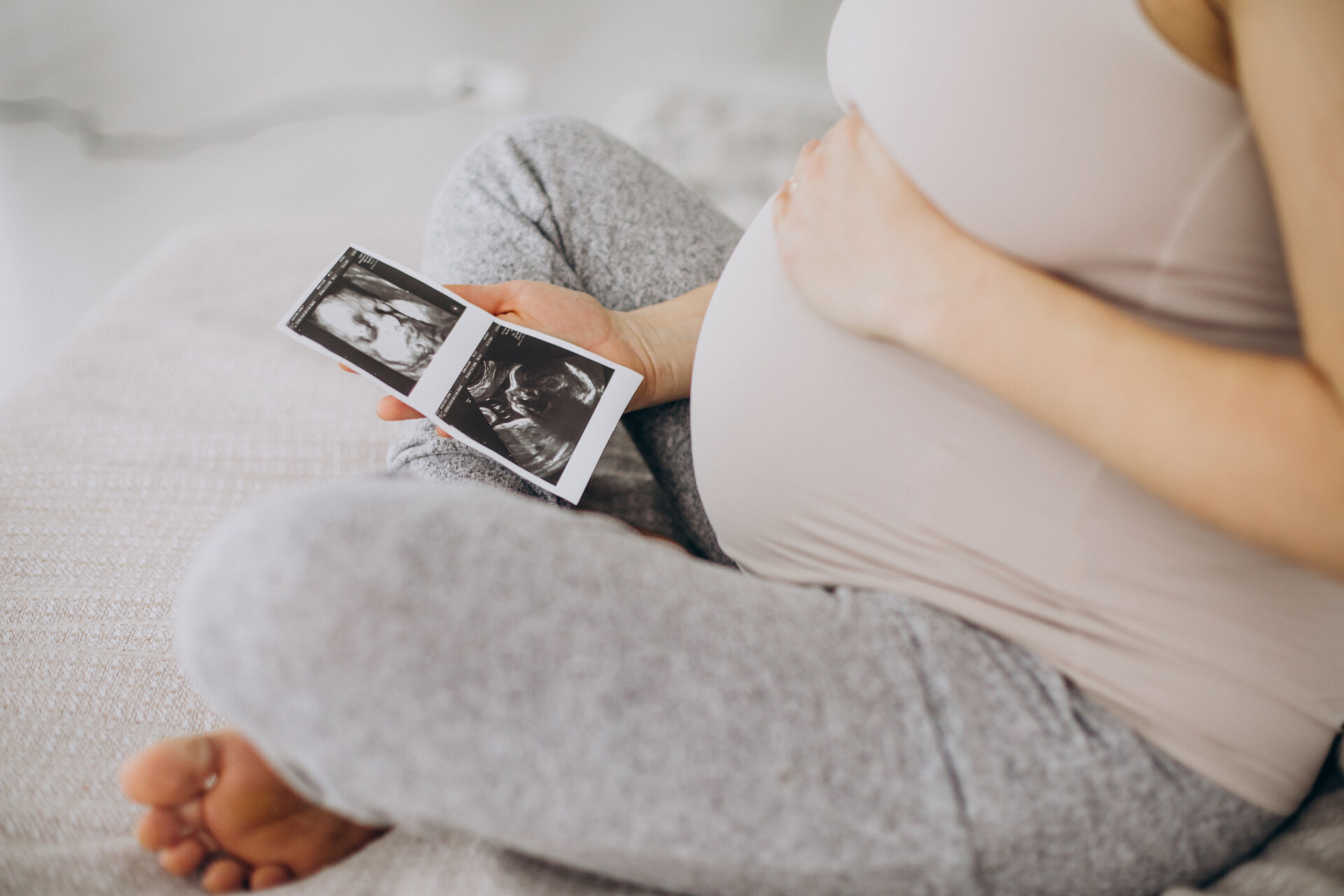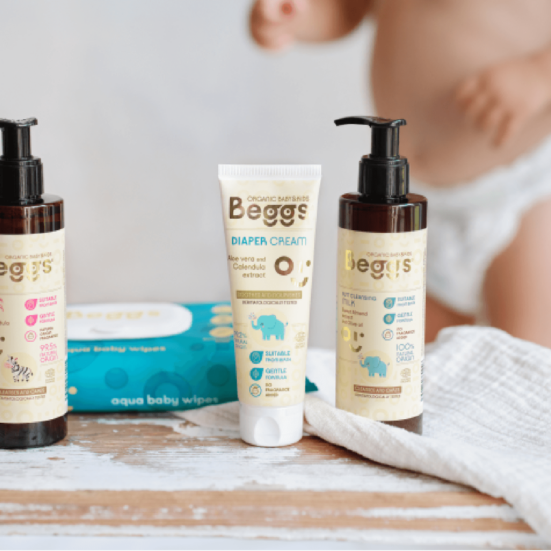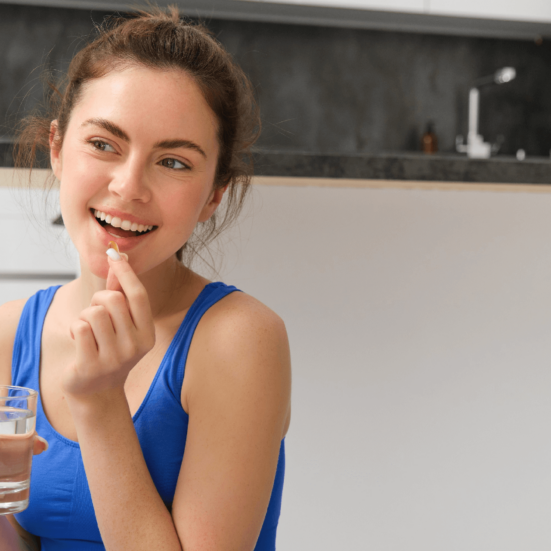Mothers-to-be often don’t realize that their body is exposed to a much more intensive load during the pregnancy. Their body has increased demands for protein and other nutrients that keep them and their baby in a good condition. Recent clinical study by the American Society of Hematology found that every second pregnant women suffers from iron deficiency.
Your heart and lungs work during the pregnancy for you and your baby. The body produces up to 50% more blood, which means it also needs an increased dose of iron. Its low level is the most common cause of anemia. Iron deficiency can also affect your baby’s development and increase the risk of premature birth.
Do you know that… a home test will help you to check the level of iron in your blood. Its application is fast and the results are reliable. You can buy it in pharmacies or specialized stores.
Why it’s important to be an “Iron Mom”
The main task of iron is the formation of hemoglobin. Proteins are the key in red blood cells, which carry oxygen to cells and tissues. When there is not enough iron circulating in your body, the necessary amount of hemoglobin cannot be formed either. The lack of oxygen in the cells and tissues reduces the number of red blood cells, which leads to anemia. This brings with it a number of risks:
- premature delivery
- low birth weight of the baby
- postpartum depression
- increased risk of child death immediately before or after birth
If the baby does not get enough iron, there is a risk that it will also be born with iron deficiency. Low iron levels in children can cause hyperactivity, psychomotor development disorders, a decline in cognitive functions (intellect), and even autism.
What causes iron deficiency in pregnancy
Your body’s need for iron doubles in the second and third trimesters and decreases towards the end of pregnancy. Iron deficiency can occur for many reasons:
- you have pregnancies that follow close behind
- you are expecting more than one child
- you often vomit because of morning sickness
- you don’t consume enough iron-rich foods
- you had strong periods before you got pregnant
- you were diagnosed with anemia before you became pregnant
- are you vegetarian or vegan
Do you know that… iron from meat and fish is absorbed up to three times faster than iron from plant sources?
What are the symptoms of iron deficiency
Iron deficiency during pregnancy causes fatigue, exhaustion and feelings of weakness. Some mothers-to-be develop cravings for ice, soil or clay. Other manifestations of the need for an increased dose of iron include:
- feeling cold
- pale skin
- a sore and red tongue with a smooth surface
- nail brittleness
- hair loss
- vertigo
- low blood pressure
- accelerated pulse
- breathlessness
- slowed thyroid gland function
How to prevent anemia and where to find iron reserves
The human body cannot create iron. Its only source is natural food and nutritional supplements. Main meals and snacks should be rich in iron as well as vitamin C, which helps with its absorption. Regular use of prenatal food supplements containing iron will help to compensate for its deficiency.
Do you know that… during pregnancy you should consume 30 mg of iron per day. The average daily requirement during breastfeeding is 20 mg per day?
The food you eat contains heme and non-heme iron. Easily absorbable heme iron comes from animal sources. We recommend combining non-heme iron from plant sources with foods rich in vitamin C, such as citrus fruits, peppers and tomatoes. Vitamin C works with iron and helps its absorption. Another way to increase the amount of iron in food is to prepare it in cast iron pots and pans.
12 great foods high in iron content
- red meat (100 g of minced beef contains 2.7 mg of iron)
- liver and other internal organs (100 g of beef liver contains 6.5 mg of iron)
- fish (in addition to iron, they are also rich in omega-3 fatty acids, an 85-gram portion of canned tuna contains approximately 1.4 mg of iron)
- seafood (mussels and oysters contain the highest amount of iron, for example 100 g of mussels contains 3 mg of iron)
- turkey meat (100 g of dark turkey meat contains 1.4 mg of iron)
- spinach (has a number of health benefits, 100 g of raw spinach contains 2.7 mg of iron)
- legumes (beans, lentils, chickpeas, peas and soybeans are packed with nutrients, 1 cup of cooked lentils (198 g) contains 6.6 mg of iron)
- broccoli (1 cup of cooked broccoli [156 g] contains 1 mg of iron)
- pumpkin seeds (28 g contains 2.5 mg of iron, they are also a good source of vitamin K, zinc, magnesium and manganese)
- quinoa (185 g of cooked quinoa provides the body with 2.8 mg of iron)
- tofu (a 126 g serving provides 3.4 mg of iron and 22 g of protein, it’s also a good source of vitamin B1 and minerals including calcium, magnesium and selenium)
- dark chocolate (it’s incredibly delicious and nutritious, a 28 gram serving contains 3.4 mg of iron)
Do you know that… coffee, tea, milk and other dairy products make iron absorption difficult? Therefore, it is better to avoid them when you enjoy foods with a high content of it. You can drink coffee or tea an hour before or an hour after a meal.
You can use herbs such as thyme, basil, parsley, etc. to flavor the food. They are also a source of iron and contain vitamins.




